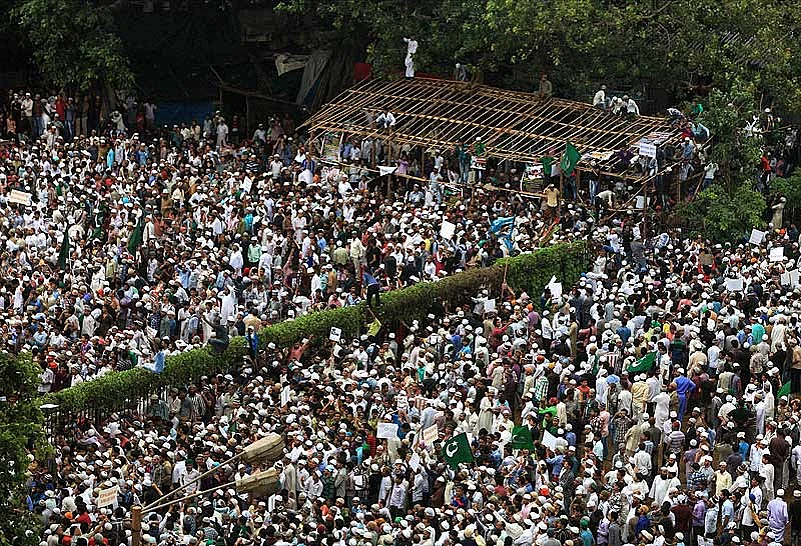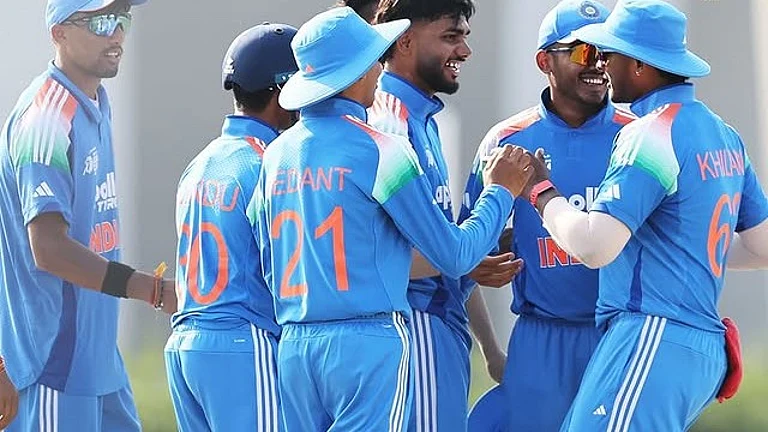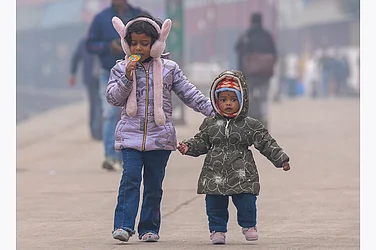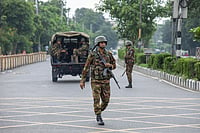No country assumes a global role simply by its membership in the United Nations. It is only by distinguishing itself from other nations that a state can achieve a global leadership role. And this distinctiveness cannot be defined merely by wealth or power, but rather by an idea. Today, India is widely hailed as an emerging economic and military power, but is no longer associated with any distinctive idea, which means that it must follow the lead of others.
There was a time, of course, when India, without money or muscle, managed to stride the world’s stage as a leader of the anti-colonial and non-aligned movements. These projects allowed India to exercise a leadership that had real international consequences, including the transformation of the UN, which Nehru forced to take decolonisation seriously by exercising leadership in the General Assembly. But before non-alignment, anti-colonialism, socialism, non-violence and even revolutionary anarchism, it was Islam that provided India with an idea, permitting her to exercise global leadership. Yet, this idea became important only after the fall of Muslim political power in the subcontinent and the Prophet’s followers there had been reduced to a demographic minority—though they still remained the world’s largest Muslim population.

A dispersed minority united by an idea alone. (Photograph by Jitender Gupta)
In the second half of the 19th century, Islam was the only idea that made it possible for Indians to ally with their neighbours in an anti-imperial revolt. And though Communism, along with other challenges, soon came to join it, Islam remained an important threat until the mid-20th century. This was why Britain’s enemies, from Napoleonic France to Ottoman Turkey, as well as Germany in both world wars, encouraged a rebellion that might unite India’s Muslims with those outside in a movement that would overthrow their rival’s empire. Pan-Islamism created a model for international resistance in South and Central Asia, one that occupied a Bolshevik like Lenin as much as an imperialist like Curzon, each trying to appropriate as much as eliminate it. If the British Empire was routinely described by its upholders as “the world’s greatest Mohammedan Power”, it was in order to oppose Ottoman claims to Islamic leadership as much as to secure the loyalty of Muslims, who formed a large part of the Indian army that was used to exercise British control over Asia, Africa and West Asia, besides being deployed in Europe itself during both world wars.
But the threat posed by Islam was not confined to Muslims alone. It was the ability of pan-Islamists to ally with those outside their faith—and even to join non-Muslim causes—that produced so much anxiety in Delhi and London. The Sepoy Mutiny of 1857, for example, the most serious military challenge Britain faced in India, had brought together Hindus and Muslims in a rebellion where both religions were amply invoked under the nominal leadership of the aged Mughal emperor Bahadur Shah Zafar. Similar was the Khilafat Movement beginning at the close of the Great War, whose massive agitation in support of the defeated Ottomans was presided over by Mahatma Gandhi. Many pan-Islamists who left India for Afghanistan in the 1920s then proceeded through Central Asia to Russia, where they were quickly transformed into Communists, returning home to espouse the Soviet cause. Islam, it seemed, was not simply a theological phenomenon, but able to lend its name to a politics flexible enough to make common cause with Hindus and Sikhs as well as atheists.
Of course, Muslims were just as capable of rejecting such allies and oppressing “infidels”, with many of them eventually supporting the Pakistan movement and seceding from India. But even after this partition, India has tried to adopt the British policy of appropriating Islam, though her applications to be admitted as a member of the Organisation of the Islamic Conference have always been vetoed by Pakistan. Why has India been so desultory in claiming her status as a Muslim power, given the strong economic and political relations she must enjoy with her Islamic neighbours in order to assume a leading role in the region and the world? The secession of Pakistan and the continuing possibility of religious violence certainly serve to caution such a desire, but India’s absence from the Muslim world actually deprives it of both leadership and stability.

All Islamic strands in Pakistan, whether moderate or hardline, have doctrinal origins in India. (Photograph by AFP, From Outlook in collaboration with The New York Times January 2013)
It is no accident that every single religious movement in Pakistan and Afghanistan, whether they subscribe to militant or moderate views, from the Taliban and Lashkar-e-Toiba to the Deobandis, the Barelvis and the Sufis, all have their intellectual and doctrinal origins in India. Despite all the talk of West Asian funding fostering fundamentalism and militancy in the region, no Muslim movement there derives its history or inspiration from places like Saudi Arabia. Only from India. India is the key to Islam’s flourishing in the region, as well as to the latter’s own stability. This is one reason why India continues to serve as the focus for Pakistani militant groups, which are dedicated not to avenging the suffering of India’s Muslims so much as the loss of Islam’s historical centre there. For, neither Afghanistan nor Pakistan is large enough or powerful enough to centralise Islam and make of it a global model, just as no West Asian country is able to.
This fact was already clear to intellectuals like the poet and philosopher Mohammed Iqbal, perhaps the most important Muslim thinker of the 20th century. When speaking to the Muslim League in 1930, a decade before it adopted Pakistan as a goal, he noted the crucial role India played in the life of Islam, “Indeed it is no exaggeration to say that India is perhaps the only country in the world where Islam as a society is almost entirely due to the working of Islam as a culture inspired by a specific ethical ideal.”
Because Muslims were a minority dispersed throughout the country, speaking different languages and belonging to different sects, they alone could truly be said to represent the success of Islam as a people-building force. For unlike Muslim majorities elsewhere, the Prophet’s Indian followers were united by nothing but an idea. It was their very lack of ethnic solidarity that allowed India’s Muslims to form a society that, in its rejection of race, language or territory as a foundation, represented an idea alone: “We have a duty towards India where we are destined to live and die. We have a duty towards Asia, especially Muslim Asia. And since 70 millions of Muslims in a single country constitute a far more valuable asset to Islam than all the countries of Muslim Asia put together, we must look at the Indian problem not only from the Muslim point of view but also from the standpoint of the Indian Muslim as such.”
Maintaining that “India is the greatest Muslim country in the world”, Iqbal argued for its provincial redistribution in order to allow a Muslim majority in the northwest to rid Islam of the stamp of “Arabian imperialism”. Iqbal recognised that Muslims in the subcontinent were a microcosm of the global community, also a dispersed minority united by an idea alone. And in this way India was the only country to represent the future of Islam as a global fact.
Faisal Devji is university reader in Modern South Asian History, Oxford. He is interested in the political thought of modern Islam and the transformation of liberal categories and democratic practice.


























